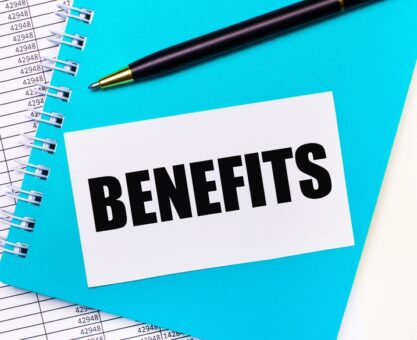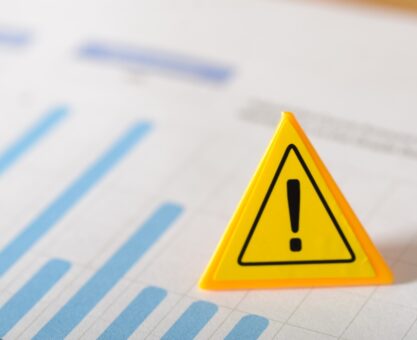A solid investment strategy is to allocate your retirement savings into several “buckets,” each designated for different time horizons and types of expenses. Think of them as short-term, intermediate, and long-term buckets. So, what is the G Fund, which bucket does it represent, and how heavily should you be invested?
The Basics Of The G Fund
Truly a unique offering, the Government Securities Investment Fund – aka the G Fund – is invested in nonmarketable U.S. Treasury securities specially issued to the TSP. Simply put, only Federal employees can invest in the securities that comprise the G Fund. Slow and steady, this fund protects 100% of your principal, but it won’t blow you away with massive returns and might not outpace inflation.
G Fund – Short-Term Bucket
As a general rule, money that you might need to access in the next 1-3 years should be in this bucket. Think of the G Fund as a robust money market or savings account. It’s a safe haven where you can stash your cash without fear. Your principal is fully protected so you’ll never experience any loss of capital, but you won’t be rewarded with the high gains of the more aggressive funds in the intermediate and long-term buckets.
“But as that retirement date draws closer, you’ll want to start transitioning a greater portion of your assets into the calm waters of the G Fund.”
How Much To Invest
This is a sliding scale dependent on your age and years until retirement. If you’re a decade away from sailing into retirement bliss, you can absorb the risk of investing more in volatile funds with the potential for higher returns. But as that retirement date draws closer, you’ll want to start transitioning a greater portion of your portfolio into the calm waters of the G Fund. It’s an excellent asset for holding money you anticipate needing in the next few years. Reminder, if the rate of inflation is higher than the G Fund’s rate of return, you’re losing purchasing power.
Emergency Fund
An emergency fund is integral to a successful financial plan, and the G Fund is an attractive landing spot for that rainy-day cash. If you need to access these funds, you can either take out a loan or make a withdrawal. A loan lets current Federal employees borrow money from their account and repay it over time with interest. A withdrawal, on the other hand, doesn’t allow you to replace the money you remove and there are conditions, such as tax liabilities and proof of need.
Reach out to an FRC® trained advisor for more in-depth information on the G Fund and the bucket strategy approach to investing.


























